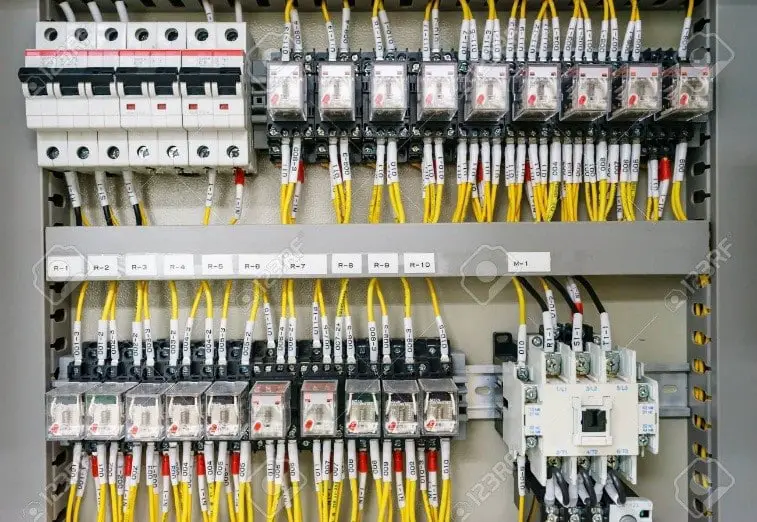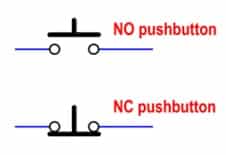Did you ask yourself before “How could life be without PLCs?” Today we are going to go through the Classic Control Basics. First, we need to learn some basics that would make us more familiar with the whole Automation field.
Remember “The more you can understand and digest the classic control branch, the more knowledgeable you will be in the Automation field”.
So, if you are a fresh Automation Engineer be sure that you must have a thorough knowledge of classic control basics.
Modern Automation Vs. Classic Control
Let us begin with Introducing the word “Automation”. This word refers to eliminating human power and increasing the production rate with the best quality at the industrial processes.
That is the concept of Automating. Automation is “How to operate the process Automatically without the intersection of human factor”.
You may have a 30% Automated system or 70% or maybe a Fully Automated system. All these depend on your needs and your design.
- Simply the Modern control (PLCs, Micro-controller based devices) is a compact form of the classic control. The concept is the same but the point is the volume of your panel. As PLCs and controllers have a compact form that contain a huge number of (relays, timers, counters, special function blocks). This feature helps a lot to minimize the volume of the control panel. Unlike the classic control components, it must have some space to build your own control room.

- The PLCs also provide a great advantage over the classic control circuits. This is because ease of programming and the ease of rewiring and designing of control signals. On the other hand, classic circuits use many of wires which makes the troubleshooting and the redesign of your circuits completely difficult.
- However, the PLCs can solve many problems with the control circuits. However, we still need to use the classic circuits as it is the basic of everything in the Automation world.
Basic components of Classic Control
Here we are going to discuss briefly the hardware elements that is used in the classic circuits.
Push Buttons NO\NC
Here is the part of our classic circuits, there are two types:

- NO (normally open) push button is contact that deliver zero logic and when we press it turns to true logic.
- NC (normally close) push button is contact that deliver true logic and when we press it turns to zero logic.
Relay
This device consists of a coil and NO/NC contacts. When we energize the coil, the flapping contact moves. The flap movement causes relay contacts to change from NO to NC and Vice versa.

Its contacts have a limited-rated operation current that should not be exceeded.
It is considered the most important component of the classic control circuits. It allows separating between two voltage level signals. We can control the coil by a 24V DC signal and connect on its contacts a 220V AC signal.
Contactor
Contactors are a specialized form of a relay. Both relay and contactor work on the same working principle. The main difference between them is that the contactor is capable of switching higher power loads. The higher power loads are motors, lighting, and electric heaters.
Timer
There are many types of timers. The functioning of the timer depends on the same idea of the coil and flapping contact.

We will focus on the main types such as:
- ON Delay Timer turns on a circuit after a predetermined time has elapsed. You have to set the time and trigger the coil of the timer, and the relay starts counting time. Once the set time is over, at that moment supply (or input) goes forward to the circuit or the next stage.
- OFF Delay Timer turns off the input (or supply) after a predetermined time delay has elapsed. You cut off supply or give trigger to this relay, when the relay starts counting time. Once the set time is over, input or supply to the relay is cut off from its output side (the next stage).
Finally, you have to be sure of that “You cannot be the best Automation Engineer without the deep understanding of the Classic control basics”
Read Next :